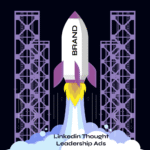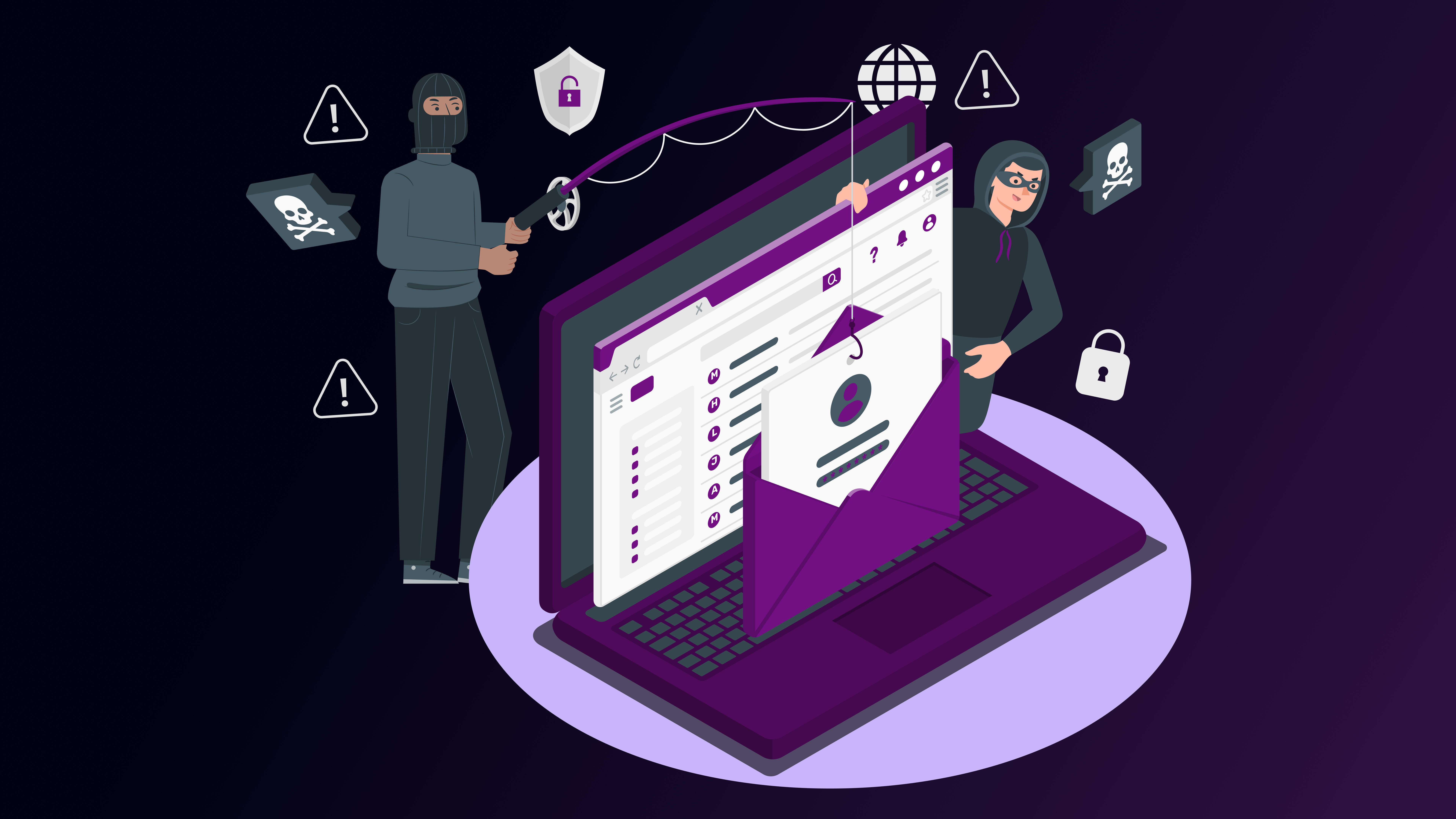Recently, in July 2025, Palo Alto Networks announced it would acquire CyberArk in a $25 billion cash-and-stock deal.
While the headline focused on platform consolidation and the strategic shift toward identity-first security, what went largely unspoken was the depth of brand leverage CyberArk had built over the past decade.
This wasn’t just a case of product fit. It was the result of one of the most deliberate and well-executed category-building plays in cybersecurity.
CyberArk didn’t simply ride the privileged access management (PAM) wave. It shaped the wave predominantly and then outgrew it. From being synonymous with PAM to leading the charge on identity security, CyberArk redefined not only what it sold, but how it was perceived.
Behind that evolution was a consistent, research-backed, event-driven cybersecurity marketing strategy that gradually expanded its relevance, category footprint, and enterprise mindshare.
This blog unpacks cyberark’s marketing strategy & execution – and how that engine powered its rise from PAM specialist to identity security platform leader.

From PAM Leader to Identity Security Architect: A Shift in Narrative
CyberArk began in the Privileged Access Management domain – an identity control niche that focused on managing, isolating, and securing administrator credentials and sensitive access.
For years, its brand messaging was laser-focused: CyberArk was the PAM vendor. Its presence in Gartner’s Magic Quadrant for PAM was consistent, year after year. And rather than diluting that position, CyberArk leaned into it.
But the turning point came as the identity landscape shifted.
With cloud adoption, SaaS sprawl, and the rise of non-human identities – API keys, machine accounts, workloads, and now AI agents – the idea of identity was no longer just about privileged users. It was about every identity interacting with your systems, human or otherwise.
CyberArk saw this coming. And instead of defending its PAM turf, it used its credibility to expand. This began with internal messaging shifts – platform over point product, and was later amplified through analyst briefings, strategic acquisitions, and flagship events like IMPACT.
At the 2025 IMPACT conference, CyberArk didn’t just showcase new feature, instead it focused on its repositioning.
Launches like Secure Workload Access, Secure AI Agents, and the integration of Zilla’s Identity Governance capabilities (IGA) weren’t just new modules.
They were proof points in the platform story. And the message was loud and clear: identity is now the control plane.
Category Leadership Messaging: Owning the Attack Surface
Perhaps CyberArk’s biggest marketing coup was in reframing identity itself as the primary attack surface. This subtle but powerful shift turned identity from a backend IT hygiene function into a frontline security problem.
It aligned perfectly with Zero Trust architectures, where verifying every user and system is central, and positioned CyberArk at the heart of enterprise security strategies – a solution that almost became an essential layer.
The idea that “identity is the new perimeter” had been floating in security circles for years. CyberArk gave it a proper structure and also a brand which stand synonymous to it.
Its campaigns emphasized the attack vectors most relatable to boards and security leaders: credential theft, lateral movement, ransomware and others.
And instead of talking about those risks abstractly, it tied them directly to product modules: PAM, endpoint privilege management (EPM), secrets management, IGA, and more.
Over time, this allowed CyberArk to anchor itself in executive mindshare. Its identity-as-control-plane narrative began showing up not just in whitepapers, but in CISO playbooks and Gartner briefings.
How CyberArk’s Marketing Strategy and Brand Story Unveiled Itself?
In cybersecurity, moving from a single-purpose tool to a full platform is one of the hardest transitions to make. It’s easy to lose focus—or worse, lose trust. But CyberArk made that shift carefully and deliberately.
Their message stayed consistent: “Intelligent privilege controls for every identity – human, machine, developer, and AI.”. More than just adding additional features, it was about showing how all those pieces work together in one unified system. Whether it was through website content, product launches, or analyst briefings, CyberArk told a clear story: one platform, built for risk control across every type of identity.
And that platform story had a lot of structure:
- PAM and IGA for managing workforce and IT user access
- Venafi integration for handling machine identities and certificates
- Secrets management for developers and applications
- AI agent governance for securing emerging non-human identities
And CyberArk platform framed these solutions as one connected system that made things simpler to manage, easier to audit, and more secure at scale.
This helped customers grow with CyberArk.
As their own identity and security needs became more complex, they didn’t have to look elsewhere – they already had a platform designed to handle it.
Event-Led Marketing: Using IMPACT as a Strategic Anchor
CyberArk’s annual IMPACT conference was the culmination of its brand repositioning and expansion.
Every other year, the company unveiled not just new features, but strategic shifts. The 2025 edition was especially significant – highlighting Secure AI Agents, Zilla integration, and Secure Workload Access.
The messaging was not just about dominating the category, but being category defining itself. Identity wasn’t just a box to check – it was the lens through which the future of security would be defined. And CyberArk was bringing itself at its center.
By anchoring launches to IMPACT and syncing product roadmap with building the right narrative, CyberArk created momentum in that direction.
Each event was a moment to restate the vision, showcase customer adoption, and signal future readiness – a structure familiar in high-performing B2B brands, but rarely executed this well in cybersecurity.
Analyst Validation and Enterprise Proof: The Trust Flywheel
Beyond the messaging, CyberArk built a marketing engine that invested heavily in third-party validation. It maintained a leadership position in Gartner Magic Quadrants not only for PAM but eventually for Access Management and adjacent identity capabilities.
It published stats around enterprise adoption: more than 10,000 customers, deep penetration in the Fortune 500. and paired that with ARR and SaaS transition metrics in investor communications.
This created a tremendous positive loop:
- Analyst recognition to earn CISO interest
- Customer logos and use cases to build enterprise trust
- Revenue milestones and platform maturity to appeal to boards and investors
In cybersecurity, where buyers are risk-averse and consolidation-heavy, this combination mattered.
This market proof story was more than enough to convert any sceptic. And it became the foundation for the premium valuation Palo Alto was willing to pay.
The Expansion Playbook: M&A, Ecosystem, and AI Wedges
While marketing led the storytelling, product strategy and acquisitions helped CyberArk expand the scope of that story.
Strategic moves like acquiring Venafi (for machine identity and certificate management) and Zilla (for governance and IGA) weren’t random of course.
They expanded the total addressable market and allowed CyberArk to speak credibly about identity at scale, especially as enterprises struggled with non-human identity sprawl.
The AI messaging, especially around Secure AI Agents, positioned CyberArk ahead of the curve. By framing AI workloads and autonomous agents as identities needing lifecycle controls, CyberArk planted a flag in a conversation that boards and regulators were only beginning to have.
That early narrative ownership matters a lot in an industry which is just getting its momentum.
In cybersecurity also, whoever defines the problem first often gets the first call.
Outcome: Brand Leverage → Platform Value → Acquisition
CyberArk wasn’t acquired because it was a great PAM tool. It was acquired because it defined the next frontier of identity security and built a brand that could credibly own that space.
Its evolution from product to platform was matched by a shift in how it marketed itself, from features to risk outcomes, from user access to machine trust, from IT tool to strategic control plane.
Palo Alto’s decision to spend $25B wasn’t just a tech play. It was a bet on a narrative. That identity will become central to security. That consolidation is inevitable. And that CyberArk had already won the mindshare battle in that category.
The best marketing doesn’t just describe the product. It shapes how the market sees the future.
CyberArk did exactly that.
In case you want to expand your cybersecurity brand presence or execute a strong cybersecurity marketing plan, reach out to us.





